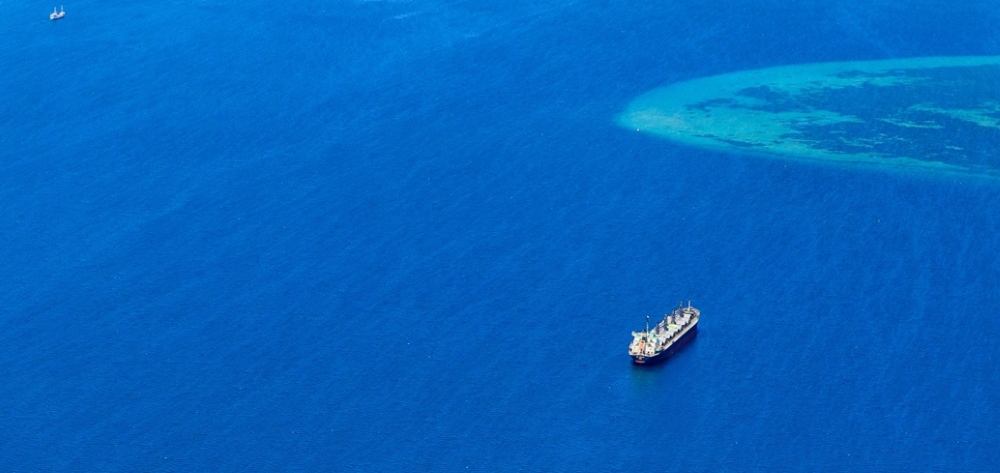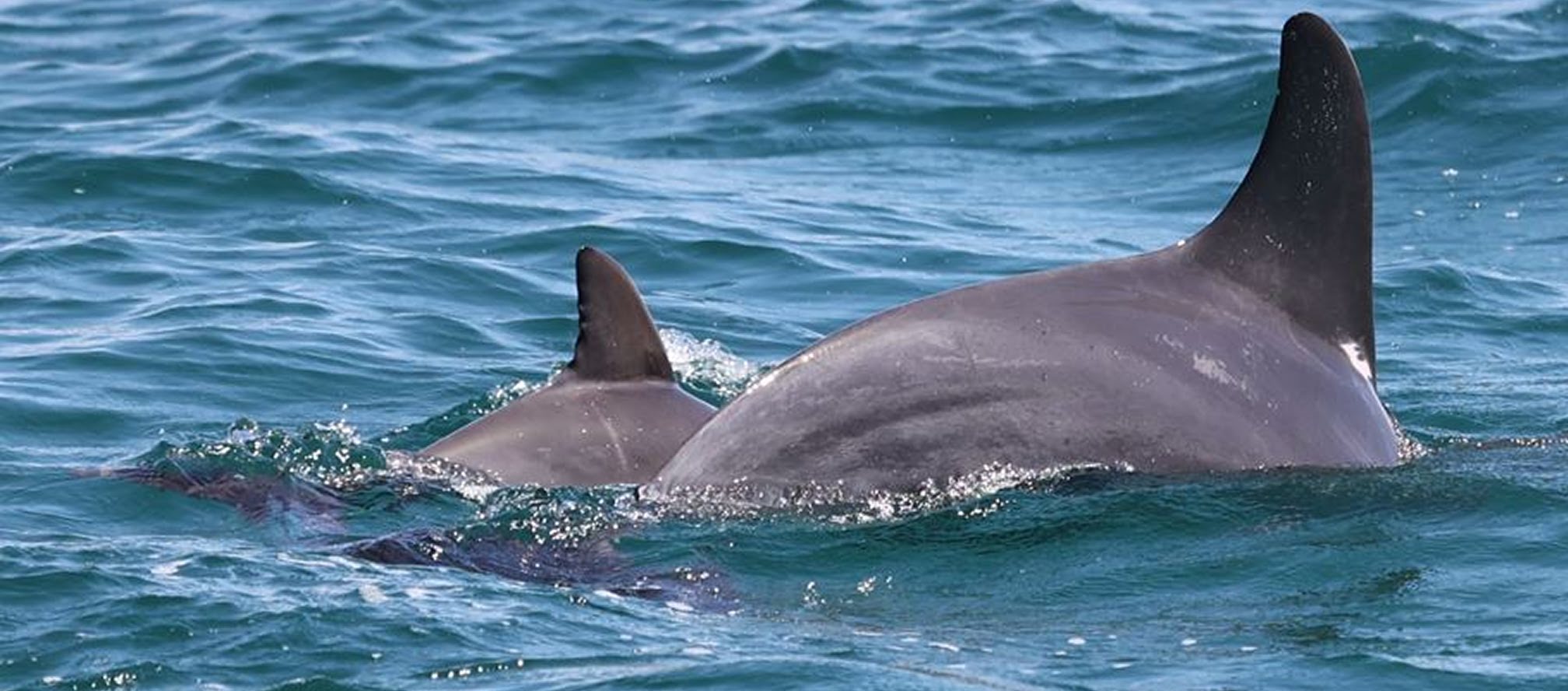
Westport has partnered with the Western Australian Marine Science Institution (WAMSI) to deliver the $13.5 million WAMSI-Westport Marine Science Program. This 3-year program is developing the latest data, information and modelling on the complex environmental systems and community values associated with Cockburn Sound.
Project 5.2: Surface gravity wave modelling
Research theme: Hydrodynamic modelling
Researchers: C. Pattiaratchi
Publication Date: January 2025
Infragravity waves and their importance
Infragravity waves are long-period low-frequency ocean waves that occur due to the nonlinear interaction of shorter wind-generated waves (swell and wind waves). They are typically generated in the surf zone and travel across the ocean with much longer wavelengths and periods (30 and 200 seconds).
This type of surface waves strongly influence oscillations in marinas and ports, impact vessel motion, coastal circulation, flooding and sand movement, particularly during storms.
Given their potential impact to port operations, this research project aimed to assess infra-gravity wave activity in Cockburn Sound, using extensive field measurements .
The study ran over two years, sampling water levels at three locations across Cockburn Sound.
What the study found
- The occurrence of higher infragravity waves in Cockburn Sound were mainly associated with storm activity, particularly during winter.
- Infragravity wave activity is relatively low in Cockburn Sound and the Stirling Channel, suggesting low risk for port operations.
How Westport will use this report:
Westport will use this report to inform design and operational strategies for the port development.
You can read the full report here.

